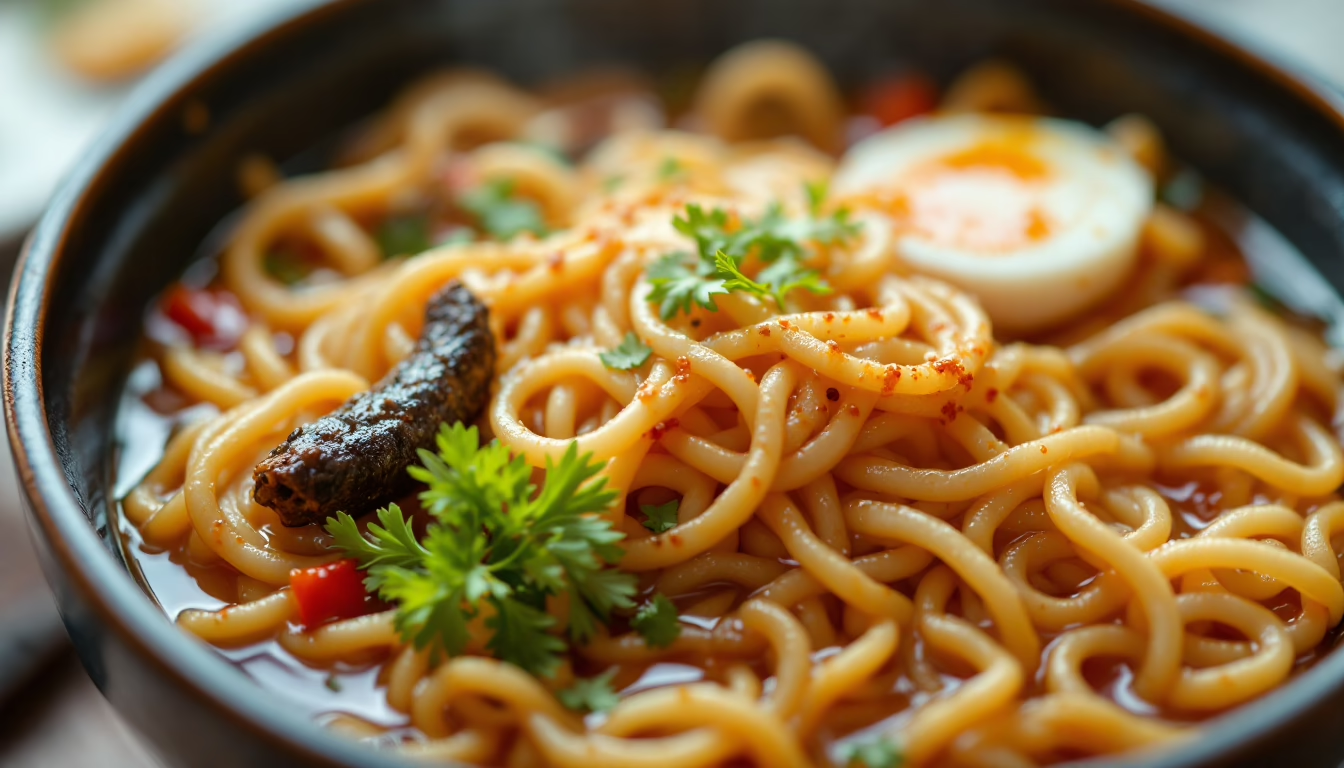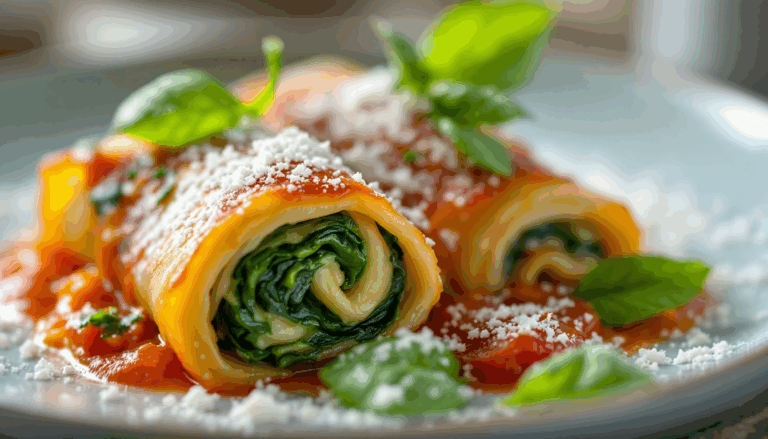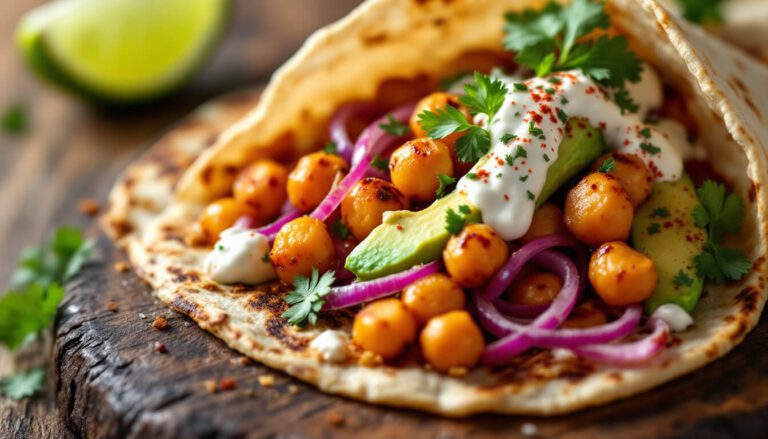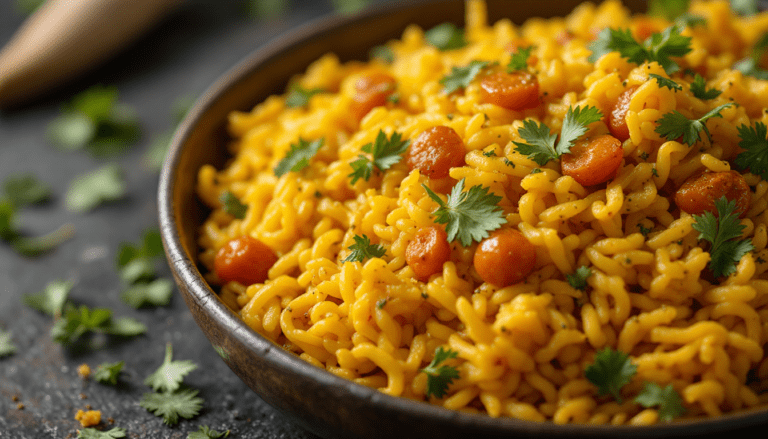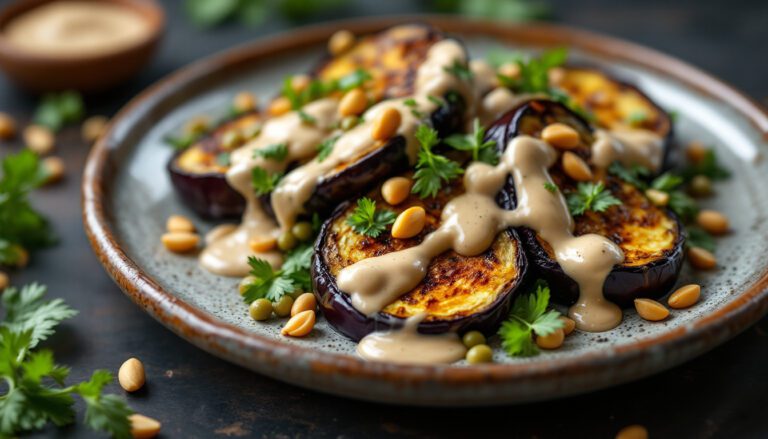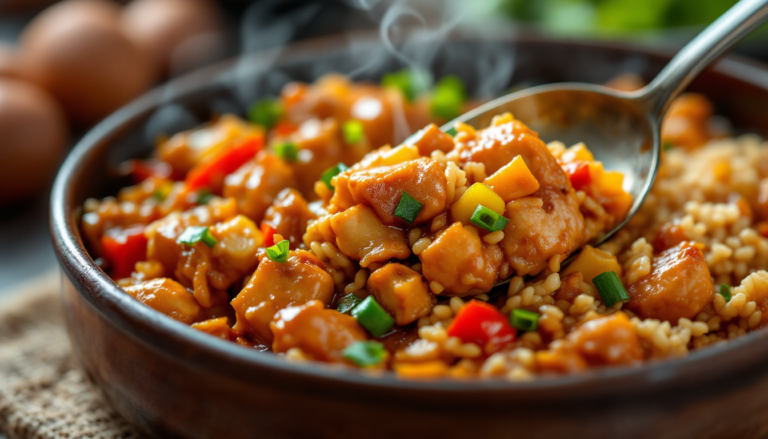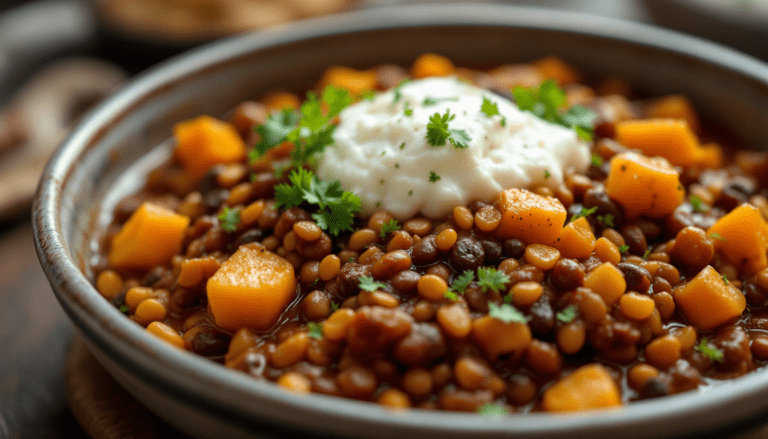Best Yaki Udon Recipe – Easy Japanese Stir-Fried Noodles
The Best Yaki Udon Recipe That Will Make You Forget Takeout Forever – Last Tuesday night, I found myself standing in my kitchen at 7:30 PM, staring into the abyss of my refrigerator while my stomach performed what I can only describe as an interpretive dance of hunger.
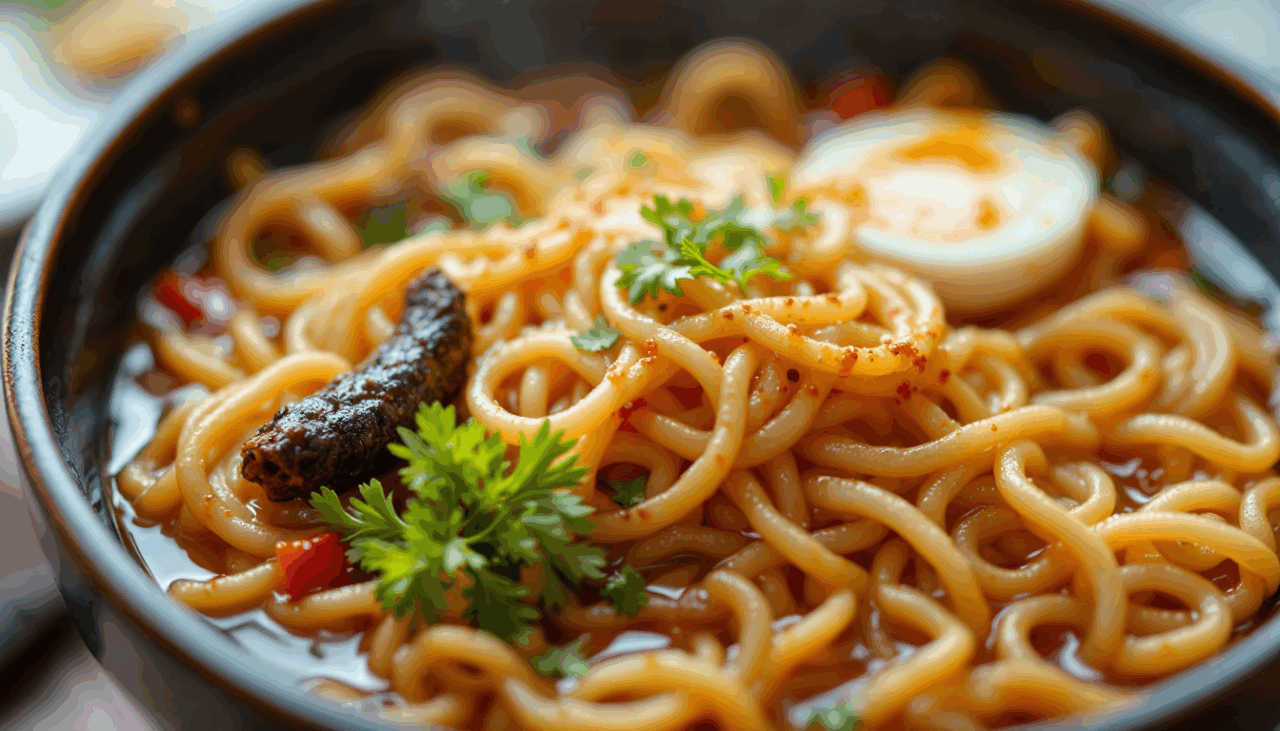
Yaki Udon
Ingredients
- 250g Udon Noodles
- 2 tablespoons Sesame Seed Oil
- 1 Onion, sliced
- 0.25 Cabbage
- 10 Shiitake Mushrooms
- 4 Spring Onions
- 4 tablespoons Mirin
- 2 tablespoons Soy Sauce
- 1 tablespoon Caster Sugar
- 1 tablespoon Worcestershire Sauce
Instructions
- Boil some water in a large saucepan. Add 250ml cold water and the udon noodles. (As they are so thick, adding cold water helps them to cook a little bit slower so the middle cooks through). If using frozen or fresh noodles, cook for 2 mins or until al dente; dried will take longer, about 5-6 mins. Drain and leave in the colander.
- Heat 1 tbsp of the oil, add the onion and cabbage and sautu00e9 for 5 mins until softened. Add the mushrooms and some spring onions, and sautu00e9 for 1 more min.
- Pour in the remaining sesame oil and the noodles. If using cold noodles, let them heat through before adding the ingredients for the sauce u2013 otherwise tip in straight away and keep stir-frying until sticky and piping hot. Sprinkle with the remaining spring onions.
Nutrition
You know that particular brand of weeknight desperation — when you’re too tired to think creatively but too stubborn (and broke) to order delivery again?
That was me, clutching a sad-looking onion and wondering if cereal counts as dinner when you’re technically an adult.
Then I spotted them: a package of udon noodles I’d bought three weeks ago in a burst of “I’m going to cook more Japanese food” optimism, shoved behind a jar of pickles and what might have been leftover soup.
And suddenly, like a beacon of hope in my culinary darkness, I remembered yaki udon — that gorgeous, satisfying tangle of thick wheat noodles that somehow manages to be both comforting and exciting at the same time.
Here’s the thing about yaki udon that I wish someone had told me years ago: it’s basically the Japanese equivalent of that perfect pasta dish you make when you need something deeply satisfying but don’t want to spend an hour in the kitchen.
It’s forgiving in all the right ways, quick enough for a weeknight, and — this is key — it uses ingredients you probably already have lurking in your pantry and fridge.
Plus, there’s something deeply therapeutic about the whole stir-frying process, the way the noodles get slightly crispy at the edges while soaking up all those umami-rich flavors.
What Makes This Yaki Udon Recipe So Special: The Ultimate Guide to Making Perfect Yaki Udon at Home
Before we dive into the nitty-gritty of making this yaki udon recipe, let me tell you why this particular version has become my go-to weeknight savior.
Unlike some stir-fried noodle dishes that require a dozen specialty ingredients and precise timing that would make a Swiss watchmaker weep, this yaki udon recipe embraces the beautiful simplicity that makes Japanese home cooking so appealing.
Yaki udon, which literally translates to “grilled udon,” originated as Japanese home cooks’ answer to using up leftover ingredients — and honestly, that’s exactly the energy we need in our kitchens today.
The dish traditionally features thick, chewy udon noodles stir-fried with vegetables and a savory-sweet sauce that hits all the right flavor notes without being overwhelming.
What I love most about this yaki udon recipe is how it balances that distinctly Japanese umami depth with the kind of satisfying heartiness that makes you forget you’re eating something relatively healthy.
The secret to great yaki udon lies in understanding the noodles themselves.
Udon noodles are these wonderful, thick wheat noodles that have just the right amount of chew — what the Japanese call “koshi.” They’re sturdy enough to handle the high heat of stir-frying without falling apart, but tender enough to soak up all those delicious sauce flavors.
- Chickpea Fajitas Recipe: Easy Vegetarian Mexican Recipe
- Stovetop Eggplant With Harissa, Chickpeas, and Cumin Yogurt Recipe
- Spicy Arrabiata Penne Recipe | Fast & Flavorful Italian Dish
- Easy Vegetarian Ribollita Recipe That Will Transport You to Tuscany
- Easy Spanish Tortilla Recipe | Authentic & Simple
- Cozy Nights and Smoky Lentil Chili with Squash Recipe
When you nail the technique (which, spoiler alert: isn’t nearly as complicated as you might think), you end up with noodles that are slightly crispy on the outside but still perfectly tender inside.
Yaki Udon Recipe: Ingredients You’ll Need for Perfect Yaki Udon
Gathering ingredients for this yaki udon recipe feels a bit like assembling a small miracle — everything you need probably already lives in your kitchen, just waiting for you to connect the dots.
Here’s what we’re working with, and why each ingredient matters more than you might expect.
The Foundation: Noodles and Oil
- 250g udon noodles (fresh, frozen, or dried — we’ll talk about the differences)
- 2 tablespoons sesame oil (divided, because we’re fancy like that)
Let’s talk udon noodles for a hot second, because not all noodles are created equal.
Fresh udon noodles are the gold standard — they have this incredible bouncy texture and cook in about 2 minutes.
Frozen udon noodles are my personal favorite for this yaki udon recipe because they’re nearly as good as fresh but keep forever in your freezer (hello, emergency dinner solution).
Dried udon noodles work perfectly fine too, though they’ll need a bit more cooking time and won’t have quite the same chewy perfection.
The Supporting Cast: Vegetables
- 1 medium onion, sliced (because onions make everything better)
- 1/4 small cabbage, roughly chopped (about 2 cups)
- 10 shiitake mushrooms, sliced (or whatever mushrooms make your heart sing)
- 4 spring onions/scallions (chopped, with green and white parts separated)
The Magic: Sauce Components
- 4 tablespoons mirin (Japanese sweet rice wine — trust me on this)
- 2 tablespoons soy sauce (use what you have, but low-sodium works great)
- 1 tablespoon caster sugar (or regular granulated sugar)
- 1 tablespoon Worcestershire sauce (I know, I know — but it works)
Step-by-Step Yaki Udon Recipe Instructions
Now comes the fun part — actually making this yaki udon recipe come to life in your kitchen.
I’m going to walk you through this step by step, including all the little details that make the difference between “this is pretty good” and “holy cow, I made this?”
Step 1: Prepare Your Mise en Place (Because We’re Fancy)
Before you even think about turning on a burner, get everything ready.
This yaki udon recipe moves quickly once you start cooking, and there’s nothing quite like the panic of realizing you forgot to slice your mushrooms while your noodles are burning.
Slice your onion, chop your cabbage into bite-sized pieces, slice those shiitake mushrooms, and separate the white and green parts of your scallions.
Mix your sauce ingredients together in a small bowl — mirin, soy sauce, sugar, and Worcestershire sauce.
Yes, Worcestershire sauce in Japanese food seems weird, but it adds this subtle depth that makes people ask “what’s your secret?”
Step 2: Master the Noodle Game
Bring a large pot of water to a rolling boil.
Here’s where this yaki udon recipe gets slightly unconventional: add 250ml of cold water to the boiling water along with your udon noodles.
I know it sounds backwards, but this technique helps thick udon noodles cook more evenly — the cold water slows down the cooking just enough that the centers cook through without the outsides getting mushy.
For fresh or frozen noodles, cook for about 2 minutes until they’re al dente (still have a slight bite).
Dried noodles will need 5-6 minutes.
The key is not to overcook them at this stage because they’ll continue cooking in the stir-fry.
Drain them thoroughly and let them sit in the colander — we want them to air-dry slightly so they don’t make our stir-fry watery.
Step 3: The Stir-Fry Symphony
Heat 1 tablespoon of sesame oil in your largest skillet or wok over medium-high heat.
Add the sliced onion and chopped cabbage, and let them sauté for about 5 minutes until they start to soften and the edges begin to caramelize slightly.
There’s something magical about the way cabbage transforms when it hits hot oil — it goes from raw and crunchy to sweet and tender, picking up all these lovely golden edges.
Next, add your sliced mushrooms and the white parts of your scallions.
Sauté for just 1 more minute — you want the mushrooms to start releasing their moisture but still maintain some texture.
This is where your kitchen starts smelling absolutely incredible, by the way.
Step 4: Bringing It All Together
Pour in the remaining tablespoon of sesame oil and add your drained noodles to the pan.
If you’re using noodles that have cooled down, let them heat through for about a minute before adding the sauce.
If they’re still warm, go ahead and pour in that beautiful sauce mixture right away.
Now comes the moment of truth: stir-fry everything together, tossing constantly, until the noodles are heated through and coated with that glossy, sticky sauce.
This should take about 2-3 minutes.
You’ll know it’s done when the noodles look glossy and smell absolutely divine, and maybe when you can’t resist sneaking a taste (which I absolutely encourage).
Pro Tips for Yaki Udon Success
After making this yaki udon recipe more times than I can count (and learning from a few spectacular failures along the way), I’ve gathered some wisdom that I wish I’d known from the beginning.
Tip 1: Size Matters for Your Pan
Use the largest skillet or wok you own.
Seriously.
I learned this the hard way when I tried to make yaki udon in my “medium” skillet and ended up with more of a steamed noodle situation than a proper stir-fry.
You need room for everything to move around and get those lovely caramelized edges that make this dish special.
Tip 2: Don’t Skip the Sauce Prep
Mix that sauce ahead of time and have it ready to go.
When you’re in the thick of stir-frying, you don’t want to be fumbling around trying to measure mirin while your vegetables are burning.
The sauce comes together quickly — just whisk everything until the sugar dissolves.
Tip 3: Embrace the Char
Don’t be afraid of a little browning on your noodles and vegetables.
Those slightly crispy, caramelized edges are what separate restaurant-quality yaki udon from sad, steamed noodles.
If your pan seems too crowded to get good browning, cook in batches.
Tip 4: Fresh is Best, But Frozen is Fine
While fresh udon noodles are incredible, frozen ones are nearly as good and infinitely more convenient.
I always keep a few packages in my freezer for exactly these kinds of weeknight emergencies.
They cook straight from frozen and have that perfect chewy texture that makes udon so satisfying.
Tip 5: Taste and Adjust
Before you serve, taste your yaki udon and adjust the seasoning.
Sometimes it needs a splash more soy sauce, sometimes a pinch more sugar.
Trust your palate — this dish should taste balanced, with sweet, salty, and umami flavors all playing nicely together.
Delicious Variations to Try
Once you’ve mastered this basic yaki udon recipe, the world of variations opens up like a beautiful, noodle-filled flower.
Here are some of my favorite ways to shake things up when I’m feeling adventurous (or when I need to use up whatever’s lurking in my fridge).
Protein Power-Ups
This vegetarian yaki udon recipe is lovely as-is, but sometimes you want a little more protein in your life.
Try adding thinly sliced chicken, beef, or pork at the beginning of the stir-fry process — cook it through before adding your vegetables.
Shrimp works beautifully too, though add it toward the end so it doesn’t get rubbery.
For a vegetarian protein boost, cubed firm tofu (pressed and lightly browned first) is absolutely divine.
Vegetable Adventures
While this recipe calls for onion, cabbage, and mushrooms, yaki udon is endlessly adaptable to whatever vegetables you have on hand.
Bell peppers add lovely color and crunch, carrots bring sweetness, and snap peas contribute that perfect pop.
Leftover roasted vegetables work wonderfully too — just add them toward the end to heat through.
Spice It Up
For those who like a little heat in their life, try adding a teaspoon of chili garlic sauce to your sauce mixture, or sprinkle some shichimi togarashi (Japanese seven spice) over the finished dish.
A few drops of sriracha never hurt anyone either.
Make It Richer
Sometimes I add a beaten egg to the pan right before the noodles, scrambling it gently with the vegetables for an extra layer of richness.
Or try finishing the dish with a pat of butter — it sounds weird but adds this incredible silky richness that makes the whole thing feel more indulgent.
What to Expect When You Make This Yaki Udon Recipe
Let me set realistic expectations here, because I believe in honesty above all else in the kitchen.
Your first attempt at this yaki udon recipe might not look exactly like the photo in a Japanese cookbook, and that’s completely fine.
Mine certainly didn’t.
What you should expect is a deeply satisfying bowl of noodles that tastes infinitely better than anything you could order for delivery, costs a fraction of the price, and comes together in about 20 minutes from start to finish.
The noodles should have that perfect chewy texture, the vegetables should be tender but still have some bite, and everything should be coated in a glossy, flavorful sauce that makes you want to lick the bowl (which, in the privacy of your own kitchen, you absolutely should).
Don’t worry if your stir-fry technique isn’t perfect right away — it takes practice to get that perfect balance of browning without burning.
Even my less-than-perfect attempts have been delicious, and honestly, the forgiving nature of this dish is part of what makes it so appealing for busy weeknights.
The best part?
Unlike some dishes that are best eaten immediately, yaki udon actually reheats beautifully the next day.
Sometimes I think it’s even better as leftovers, when all those flavors have had time to meld together overnight.
Just reheat it gently in a skillet with a splash of water to loosen things up.
Most importantly, this yaki udon recipe should make you feel accomplished and satisfied — both from the cooking process and from eating something so deeply delicious.
It’s the kind of dish that transforms a regular Tuesday night into something a little special, and honestly, isn’t that exactly what we need more of in our lives?

